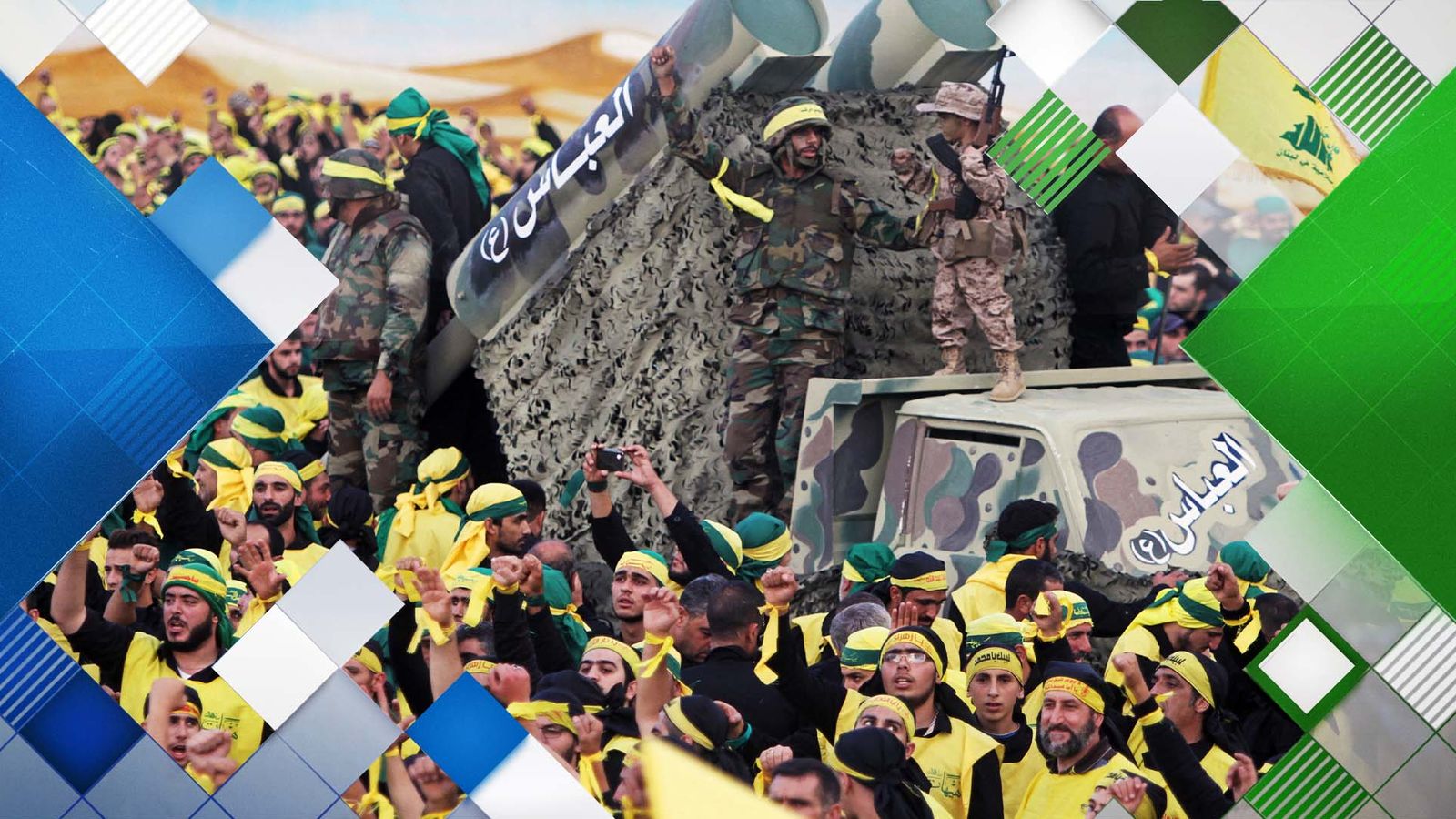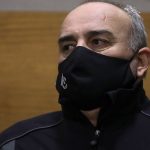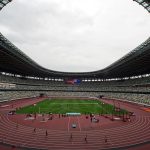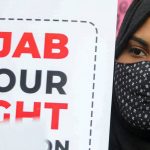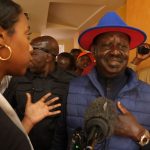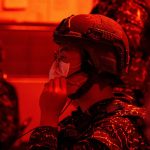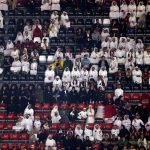Hezbollah has been exchanging fire with Israeli forces on Israel’s northern border – leading to fears of a wider conflict.
The violence across that frontier is the deadliest escalation since the two fought a major war in 2006, during which Hezbollah launched thousands of rockets towards Israel.
In his first speech since the outbreak of the Israel-Hamas war, Hezbollah’s leader has warned the fighting on the border will “not be limited” to the scale seen until now – and all options are “on the table”.
So what is Hezbollah and what influence does it have in the current Israel-Hamas conflict?
Latest updates: Israel on ‘very high alert’ on Lebanon border
What is Hezbollah and how was it formed?
Hezbollah was founded in 1982 in the middle of Lebanon’s civil war, which raged for 15 years from 1975 to 1990.
It was born out of Iran’s efforts to export its 1979 Islamic Revolution around the region – and combat Israeli forces after Israel invaded Lebanon in 1982.
Hezbollah – whose name means “The Party of God” – has earned a reputation for extremism and has frequently carried out attacks on foreign targets.
Regarded as an Iranian proxy force – the group has been trained and equipped by Tehran – Hezbollah has risen from a shadowy faction to a heavily armed group that has major sway within Lebanon.
The US, some Western governments and others deem it a terrorist organisation.
Hezbollah is a sworn enemy of Israel and openly calls for the destruction of the “Zionist regime in Palestine”.
Even after Israeli forces officially withdrew from Lebanon in 2000, they have continued to clash with Hezbollah in periodic outbreaks of fighting.
How powerful is Hezbollah’s military?
One of the most heavily-armed non-state groups in the world, Hezbollah boasts weapons including precision rockets and drones, and says it can hit all parts of Israel.
Its vast arsenal of rockets numbers as high as 100,000, according to some experts.
It receives weapons and money from Iran – amounting to hundreds of millions of dollars annually in recent years, the US estimates.
In 2021, Hezbollah leader Sayyed Hassan Nasrallah said the group had 100,000 fighters – though this is possibly an exaggeration.
In 2022, the Institute for Strategic Studies thinktank estimated that the group may have up to 20,000 active personnel.
Its fighters are battle hardened, having fought extensively in Syria in support of President Bashar al Assad.
How much influence does Hezbollah have in the region?
Hezbollah is a well-equipped military force of substantial size – but it also has significant sway over Lebanon.
Its influence is underpinned by its sophisticated arsenal and the support of many Lebanese Shias, who say the group defends Lebanon from Israel.
Lebanese parties opposed to Hezbollah say the group has undermined the state and accuse it of unilaterally dragging Lebanon into armed conflicts.
Please use Chrome browser for a more accessible video player
Hezbollah has ministers in government and politicians in parliament.
The group has also been a source of inspiration and support for other Iranian-backed groups across the Middle East. It has trained armed groups in Iraq and taken part in fighting there.
Saudi Arabia says Hezbollah has also fought in support of the Iran-allied Houthis in Yemen. Hezbollah denies this.
Read more:
The dangers posed by an Israel-Hezbollah war
Could Hezbollah chief declare all-out war on Israel?
Be the first to get Breaking News
Install the Sky News app for free
What is Hezbollah’s role in the Israel-Hamas conflict?
Hezbollah has deep ties with Hamas – they share a view of Israel as the enemy – but the group has yet to fully enter the latest episode of the conflict.
Since the Hamas attack on 7 October, Hezbollah has been involved in increasingly heavy exchanges of fire with Israeli forces across the border.
Israeli Prime Minister Benjamin Netanyahu said on 22 October that if Hezbollah opened a war front with Israel it would lead to counter-strikes of “unimaginable” magnitude on Lebanon.
